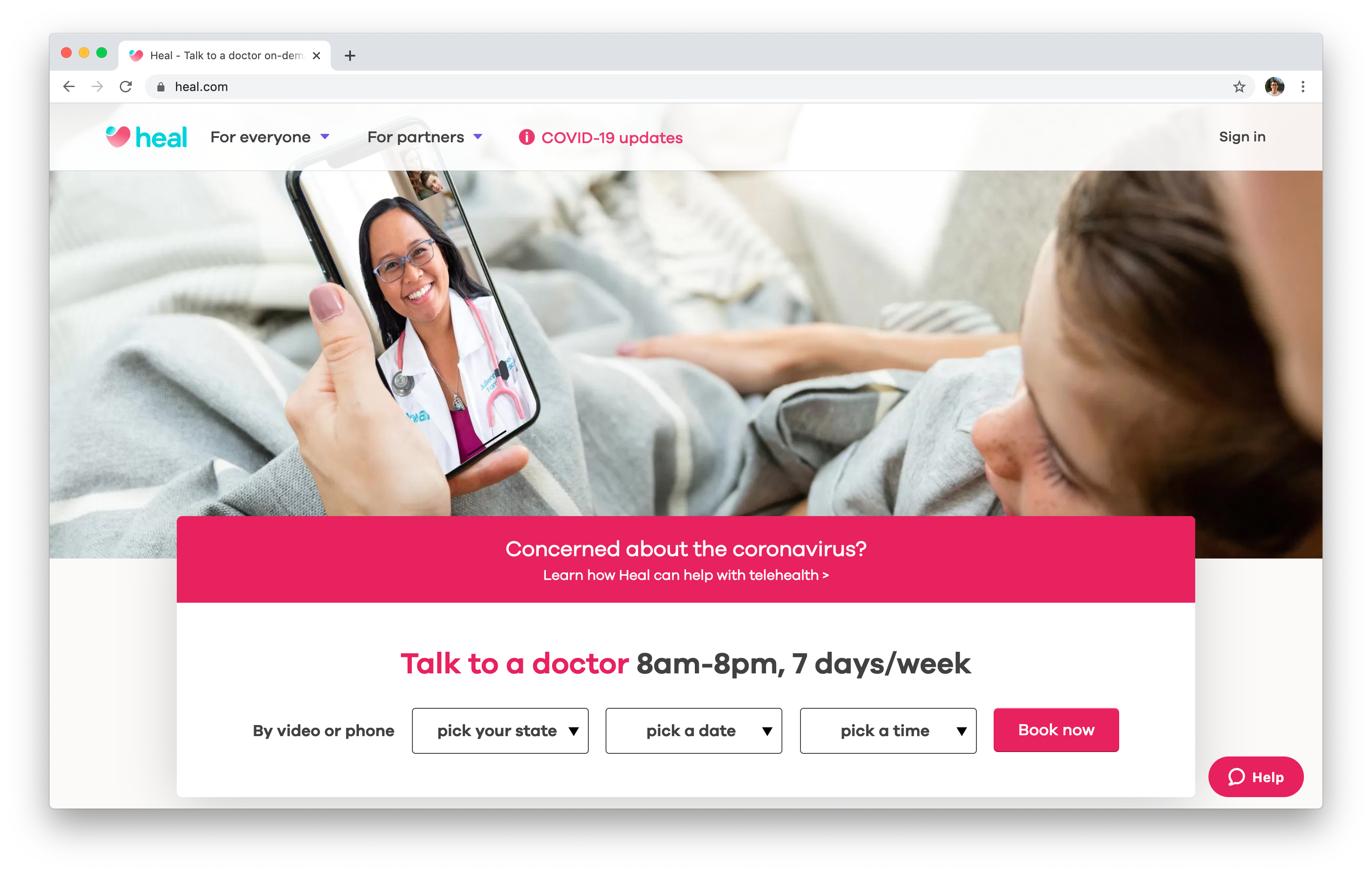How Subscription Based Healthcare is Reinventing Patient Accessibility to Services
How Subscription Based Healthcare is Reinventing Patient Accessibility to Services
Blog Article
How Subscription-Based Healthcare Is Changing the Medical Sector

The Rise of Subscription Healthcare
Recently, the healthcare market has experienced a substantial shift towards subscription-based models, reflecting wider customer fads preferring ease and predictability. This transformation is driven by the increasing demand for more available and customized care solutions. Subscription healthcare, in some cases referred to as concierge medication or direct primary care, supplies individuals a set month-to-month charge for a variety of medical services, substantially altering typical fee-for-service designs.
The rise of membership healthcare is promoted by improvements in modern technology, which make it possible for structured interaction in between service providers and individuals - subscription based healthcare. Digital platforms and telehealth services have actually ended up being essential, offering patients the capability to set up consultations, access clinical documents, and receive assessments online. This technological combination not just improves client involvement but also permits service providers to deliver a lot more efficient care
Additionally, the subscription design lines up with the evolving expectations of people that seek even more control over their healthcare expenditures and experiences. By eliminating the changability of co-pays and insurance coverage claims, subscription-based health care uses a simple and transparent strategy. While this model is getting grip, its expansion encounters obstacles such as governing hurdles and the necessity for more comprehensive approval within the typical health care ecological community. Nevertheless, its expanding existence notes a pivotal moment in the advancement of health care shipment.
Benefits for Service Providers and patients
Subscription-based medical care offers a plethora of benefits for both patients and companies, reshaping the characteristics of medical treatment. For individuals, this design offers improved access to medical care solutions. With a foreseeable month-to-month cost, clients can enjoy endless examinations, minimized wait times, and personalized treatment. This plan frequently results in an extra positive method to health administration, enabling prompt interventions that can prevent persistent problems from intensifying. Furthermore, the economic openness of subscription models lowers the changability associated with typical fee-for-service payment, minimizing the worry of unanticipated clinical expenses.
For health care suppliers, subscription-based models promote a more lasting and satisfying technique. By securing a stable revenue stream, providers can concentrate on supplying top notch treatment without the stress of volume-based service. This model motivates longer patient consultations, cultivating more powerful patient-provider connections and enhancing health results. In addition, it uses suppliers the versatility to innovate and integrate holistic and preventative care techniques. Management jobs are frequently streamlined, decreasing overhead costs and enabling carriers to commit more time to client interaction. On the whole, subscription-based medical care straightens the rewards of service providers and individuals, promoting a more patient-centered and efficient medical care shipment system.
Secret Features of the Design
Regularly, the crucial functions of the subscription-based medical care design highlight its distinctive method to supplying clinical solutions. Central to this model is the idea of predictable, month-to-month settlements, offering people an extensive series of solutions without the changability of standard fee-for-service frameworks. This version frequently includes limitless access to health care services, precautionary treatment, and regular exams, ensuring that clients can involve with their doctor proactively instead of reactively.
Furthermore, direct interaction channels, such as telemedicine and messaging platforms, are highlighted, allowing patients to receive prompt recommendations and appointments without requiring in-person consultations. This boosts accessibility and comfort, especially for individuals with mobility constraints or those residing in remote locations. The version likewise promotes more powerful doctor-patient partnerships, as doctor are incentivized to concentrate on long-lasting health results rather than short-term visits.
Furthermore, subscription-based healthcare frequently incorporates technological developments, such as digital health documents and health and wellness monitoring applications, to supply individualized and reliable treatment. Patients profit from collaborated and continual care monitoring, which is tailored to their details wellness requirements. Inevitably, these functions jointly create a patient-centered medical care experience, prioritizing access, expense transparency, and preventative care.

Factors To Consider and challenges
While the subscription-based healthcare design offers various advantages, it is not without its challenges and factors to consider. Subscription designs might inadvertently prefer those with greater socioeconomic status, potentially expanding disparities in health care accessibility for lower-income people who may struggle with month-to-month fees.
Another difficulty exists in regulatory conformity. Subscription-based medical care must navigate a complex internet of policies that vary by region, including problems around individual privacy, data protection, and state licensing demands. Making certain conformity without hindering the design's versatility and innovation can be daunting for companies.
In addition, there is the threat of overutilization or underutilization of solutions. Clients paying a dealt with fee might overuse services, leading to increased operational costs, while others might underutilize as a result of be afraid of burdening the system, potentially neglecting necessary care.
Future Leads and Innovations
The landscape of subscription-based health care is poised for change through arising advancements and developing potential customers. As technology remains to breakthrough, the combination of man-made intelligence and device learning web offers significant opportunities her comment is here to boost analysis accuracy and simplify patient management. Anticipating analytics can reinvent preventive treatment by identifying potential wellness risks before they show up, thus lowering both costs and the concern on medical care systems.
Additionally, telemedicine is readied to increase within registration models, offering individuals enhanced access to health care specialists no matter of geographical restrictions. This not only assists in connection of treatment but additionally empowers people to involve even more actively in their health administration. Furthermore, blockchain modern technology uses prospective in protecting person information and making certain interoperability across systems, fostering depend on and openness.
The advancement of tailored medicine is an additional frontier, with membership designs supplying an unique structure for providing tailored wellness solutions. Genetic testing and tailored treatment strategies can be flawlessly incorporated, aligning patient requires with details medical interventions. Collaborations in between technology firms and medical care suppliers are most likely to produce ingenious remedies, improving person experiences and results. As these potential customers materialize, subscription-based medical care has the possible to redefine exactly how care is provided and accessed.
Final Thought
Subscription-based health care is changing the clinical sector by supplying a more available, predictable, and patient-centered strategy to medical solutions. In spite of challenges such as regulative hurdles and potential variations in gain access to, the subscription model holds guarantee for an extra personalized and reliable healthcare experience.
Subscription medical care, occasionally referred to as attendant medicine or straight main treatment, supplies individuals a set regular monthly cost for a variety of medical solutions, dramatically altering traditional fee-for-service versions.
Additionally, the subscription design straightens with the advancing expectations of individuals who seek more control over their medical care costs and experiences. For people, this design supplies boosted access to medical care solutions. In general, subscription-based healthcare lines up the motivations of service providers and clients, advertising an extra efficient her latest blog and patient-centered healthcare distribution system.
Moreover, telemedicine is set to broaden within subscription models, offering people boosted accessibility to health care professionals no matter of geographical constraints. - subscription based healthcare
Report this page